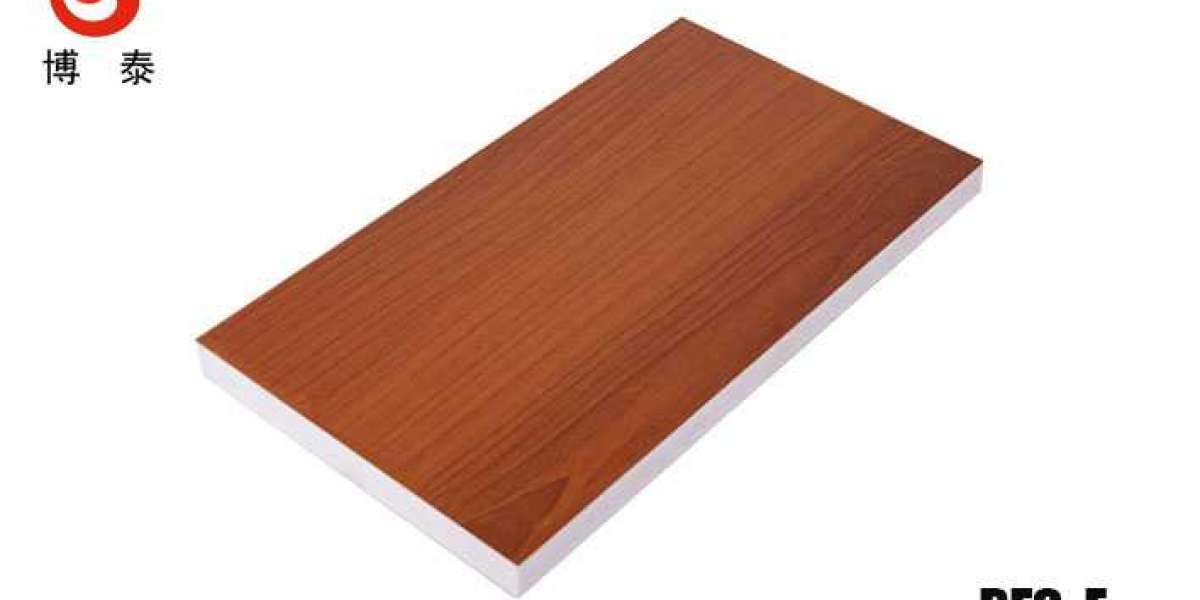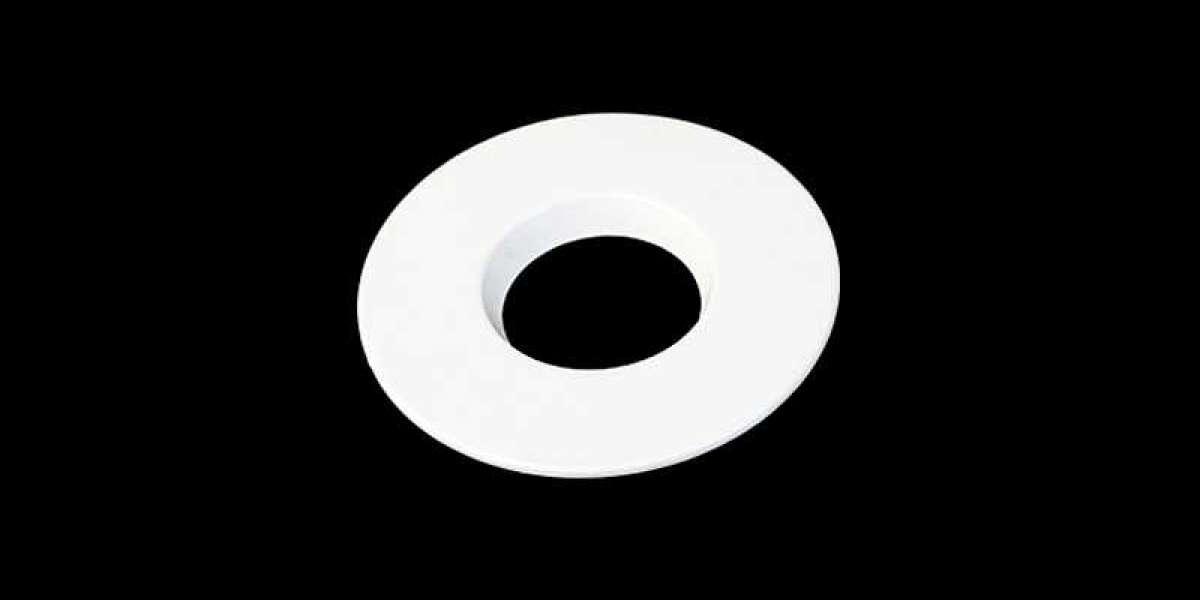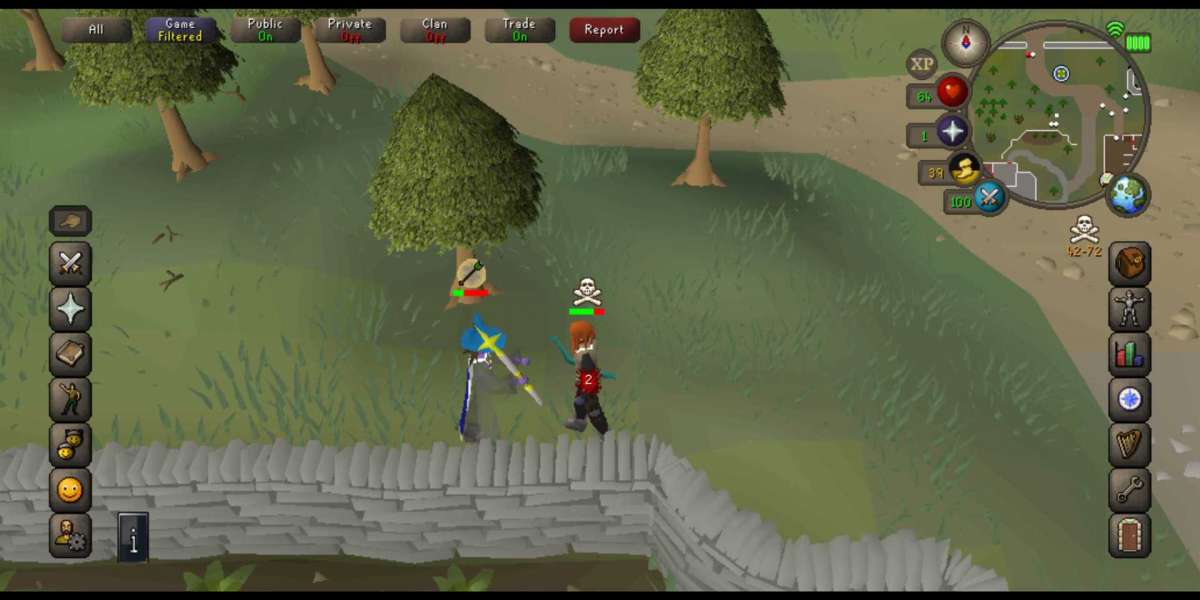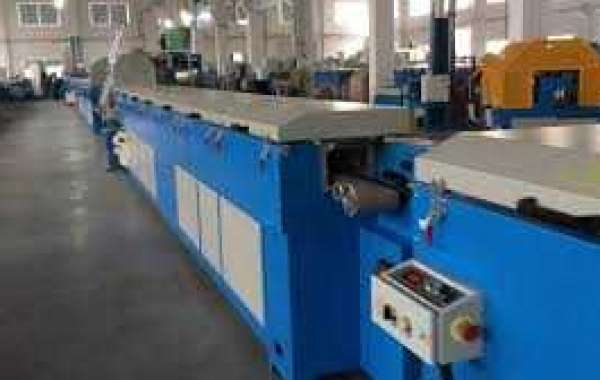MDF Wood Board is an engineered wood composite material, similar to particleboard, but much denser than particle board.
Imagine if all the wood chips are removed from other wood production processes, and then the wood chips are mixed with a binder, and then pressed into large size plywood. Okay, this is too simple. This is not the exact process they use to make MDF Wood board, but it gives you an idea of the structure of the product.
Since it is composed of such small wood fibers, there is no wood grain in the MDF Wood Board. And because it is compressed so strongly at such high temperatures, there are no voids in the MDF, as you can find in particleboard. Here, you can see the visible difference between particleboard and MDF, where MDF is on the top and particleboard is on the bottom.
Just like plywood, you can buy MDF of different thicknesses according to your project needs.
Advantages of MDF Wood Board
MDF is usually cheaper than plywood.
The surface of MDF is very smooth, you don't have to worry about knots on the surface.
Because it is so smooth, it is an excellent surface for painting. I recommend using a high-quality oil-based primer first. (Do not use aerosol spray primer on MDF! It will be directly immersed in water, wasting a lot of time and money. It will also roughen the surface.)
Also due to its smoothness, MDF is an excellent substrate for veneers.
The MDF is very consistent throughout the process, so the cut edges look smooth, without gaps or chips.
Because the edges are smooth, a milling cutter can be used to create decorative edges.
The consistency and smoothness of the MDF allow the use of rolling saws, band saws, or jigsaws to easily cut detailed designs (for example, rolling or sector designs).
Disadvantages of MDF Wood Board
MDF is basically polished particleboard.
Just like particleboard, MDF absorbs water and other liquids (such as sponges) and expands unless it is well sealed on all sides and edges with primer, paint, or other sealing products. Similarly, I recommend using a high-quality oil-based primer. No spray primer!!
Because it is composed of such fine particles, MDF cannot fix the screws well, and it is easy to peel off the screw holes.
Because it is so dense, the MDF is very heavy. This can make the job more difficult, especially if you don't have an assistant who can help you lift and cut large sheets of paper.
The MDF cannot be soiled. Not only can it absorb stains like a sponge, but because there is no wood grain on the MDF, it looks bad when stained. (It's kind of like dyed particleboard. Why bother?)
MDF contains VOC (urea-formaldehyde). If the MDF is encapsulated with primer, paint, etc., outgassing can be greatly reduced (but may not be eliminated), but care needs to be taken when cutting and sanding to avoid inhaling particles. I recommend cutting and sanding outdoors while wearing a particle mask.



